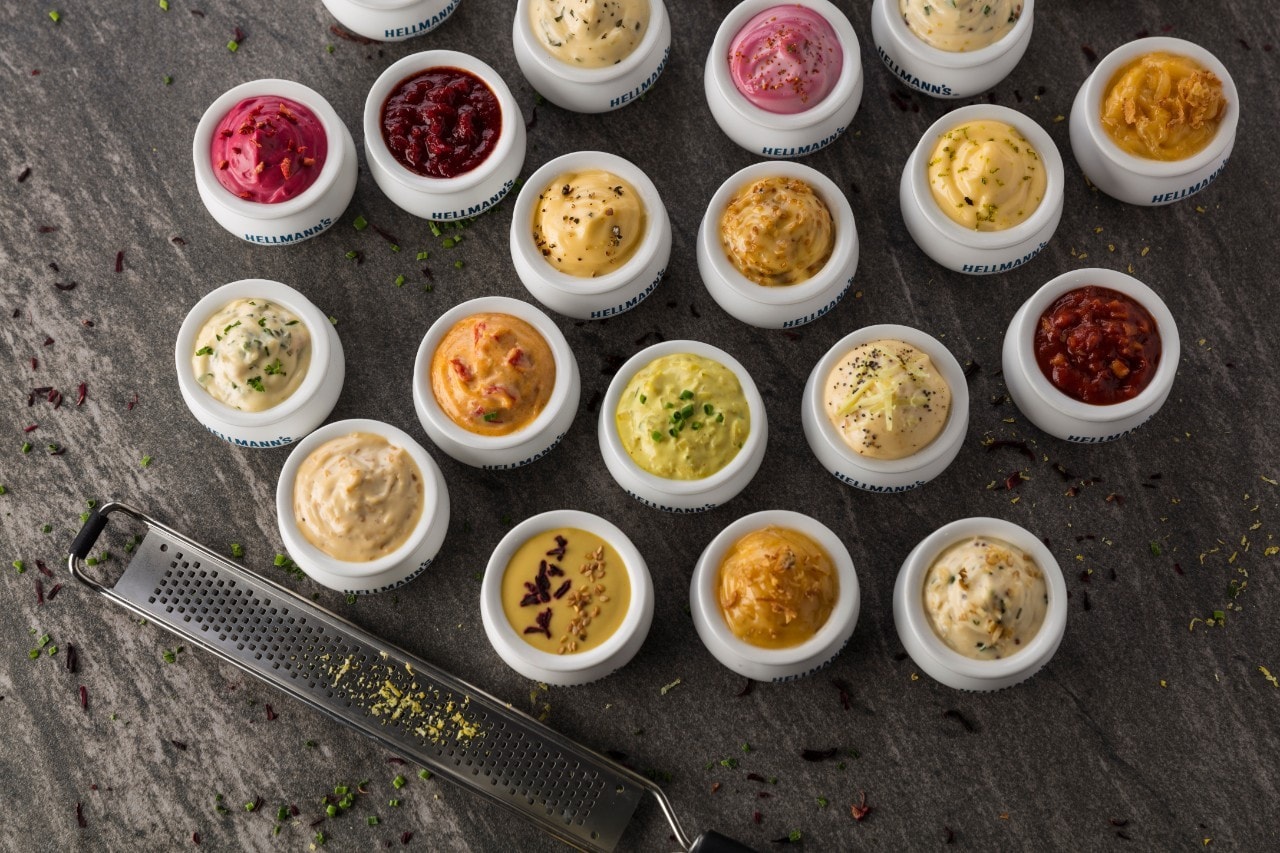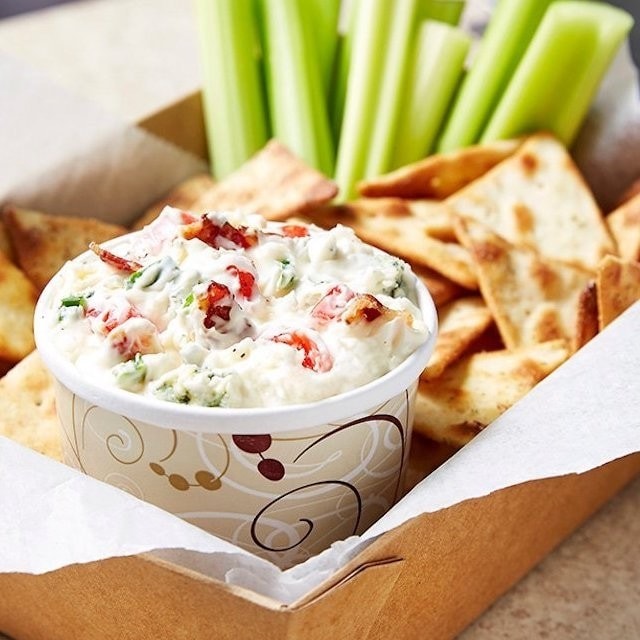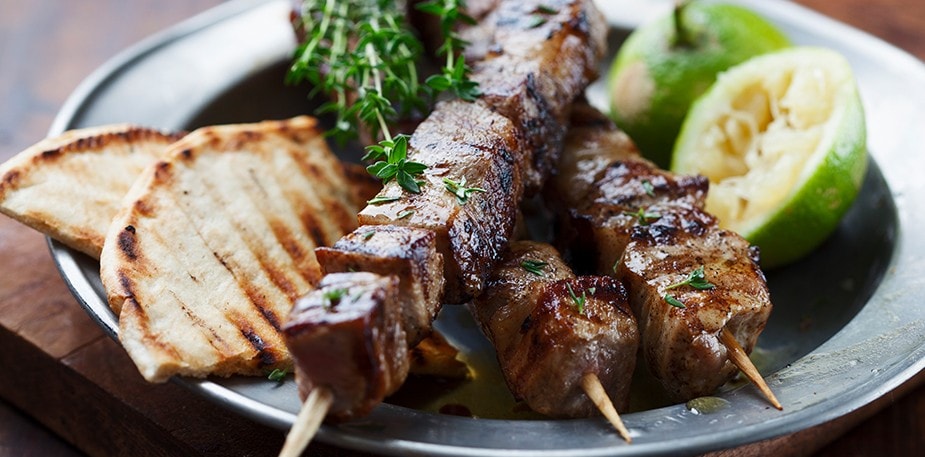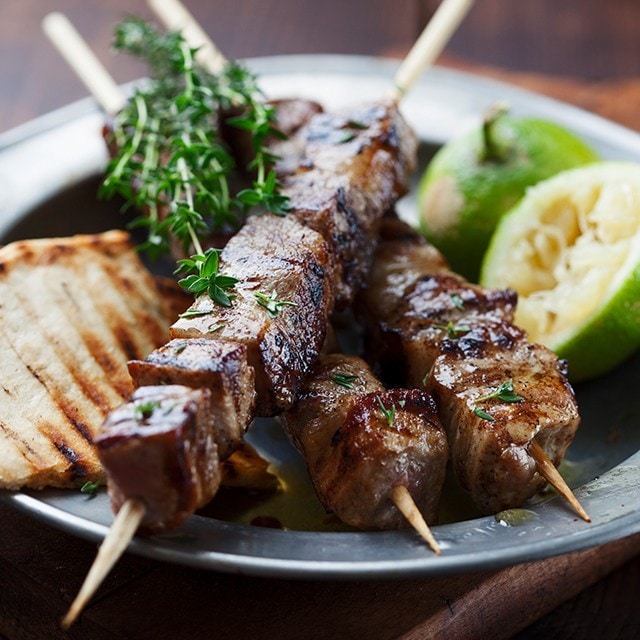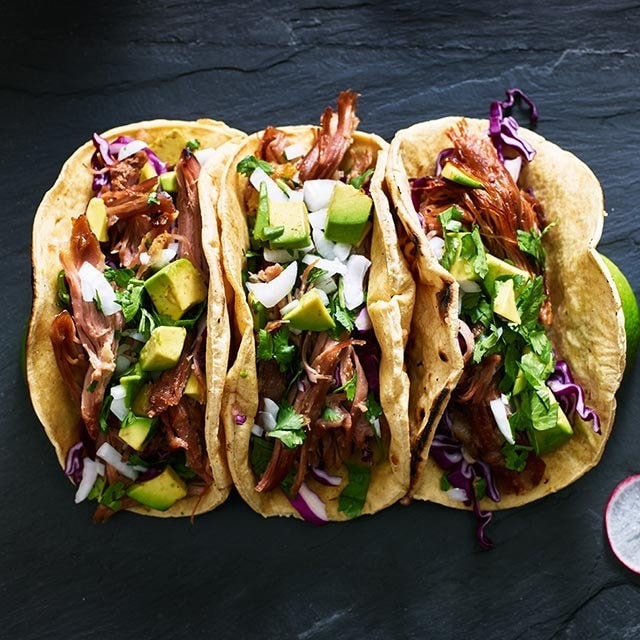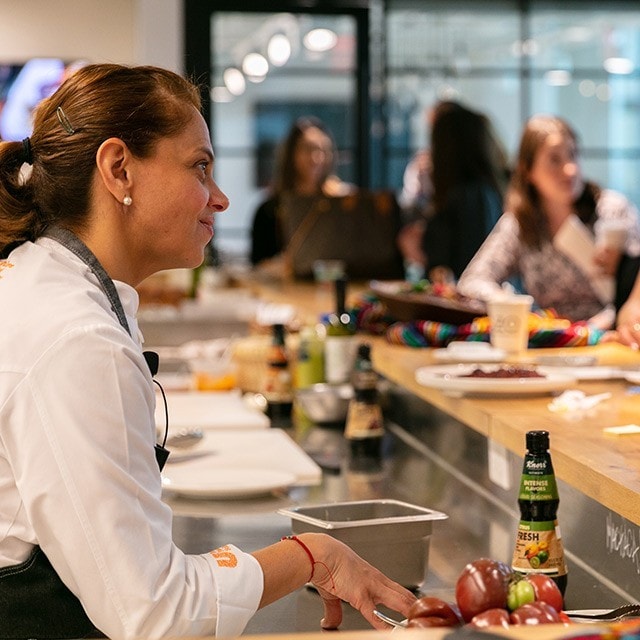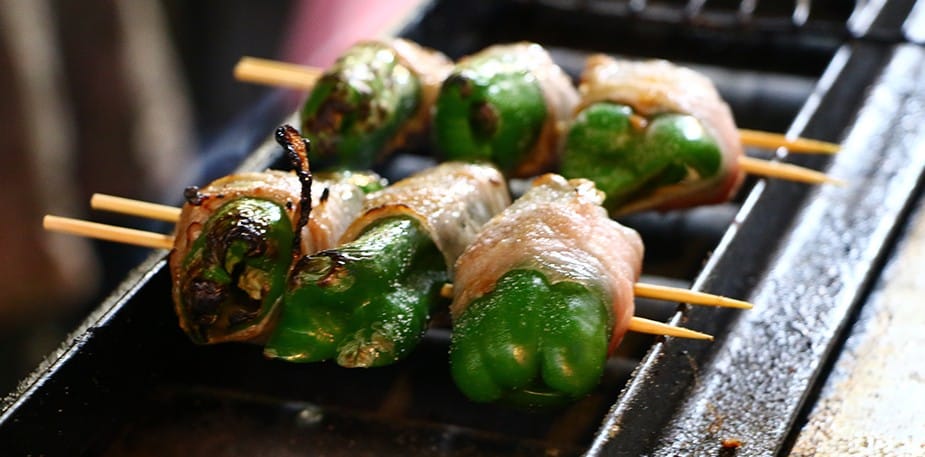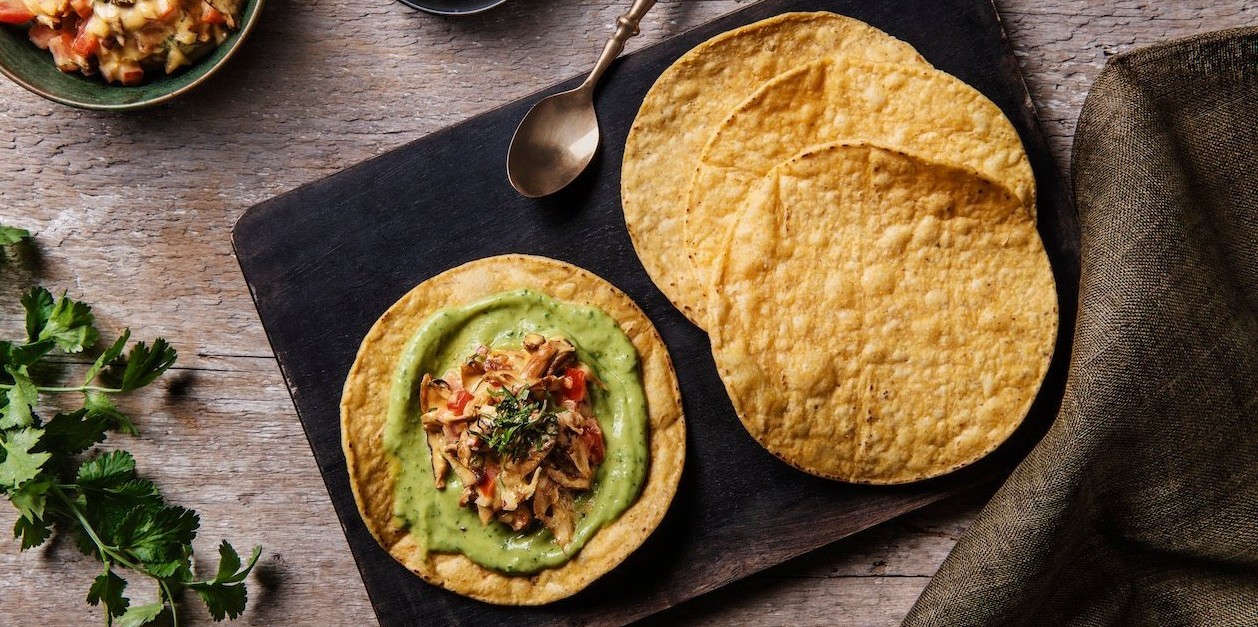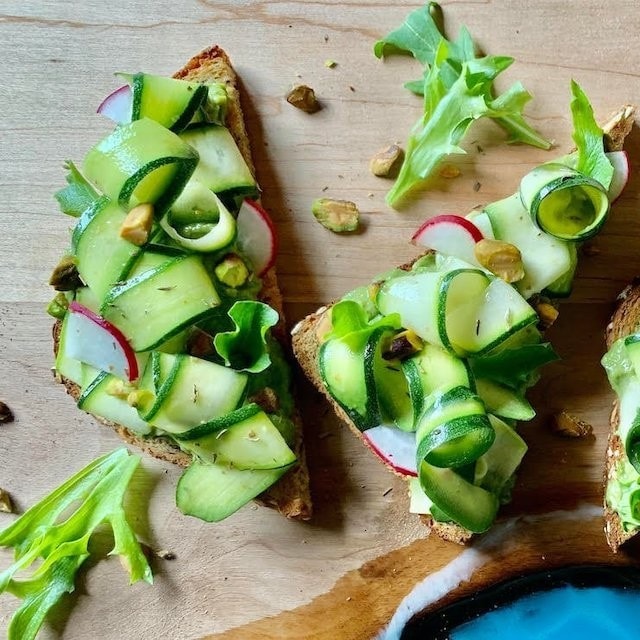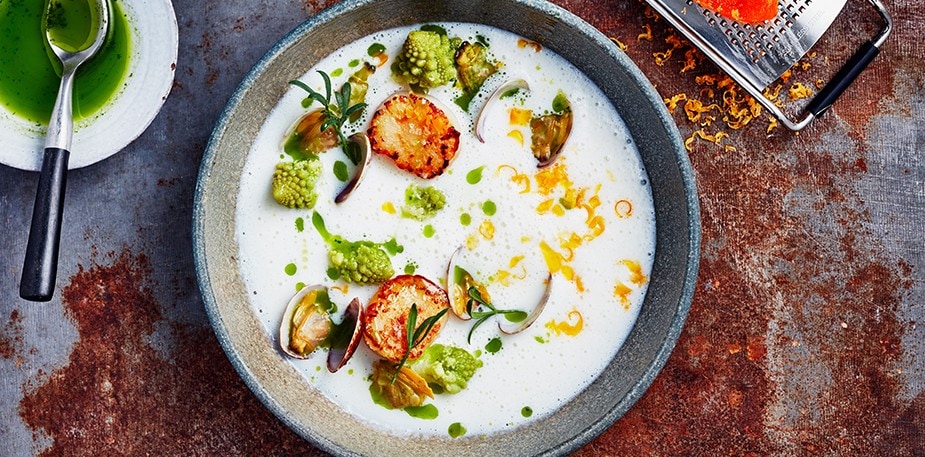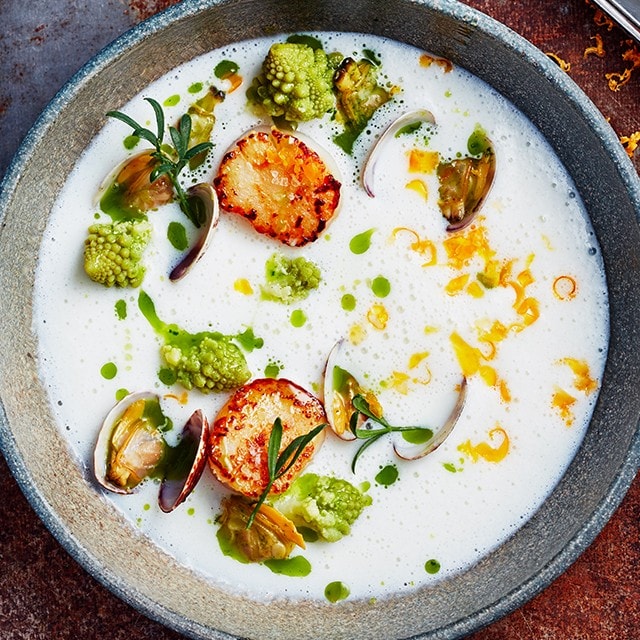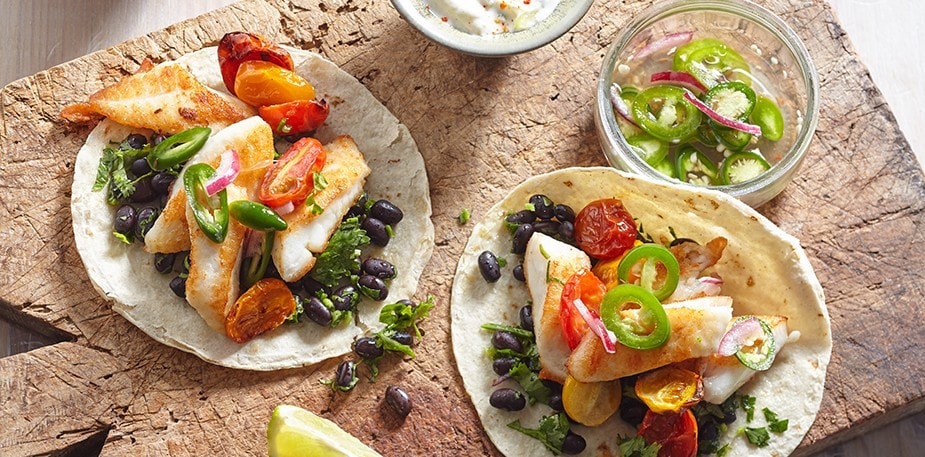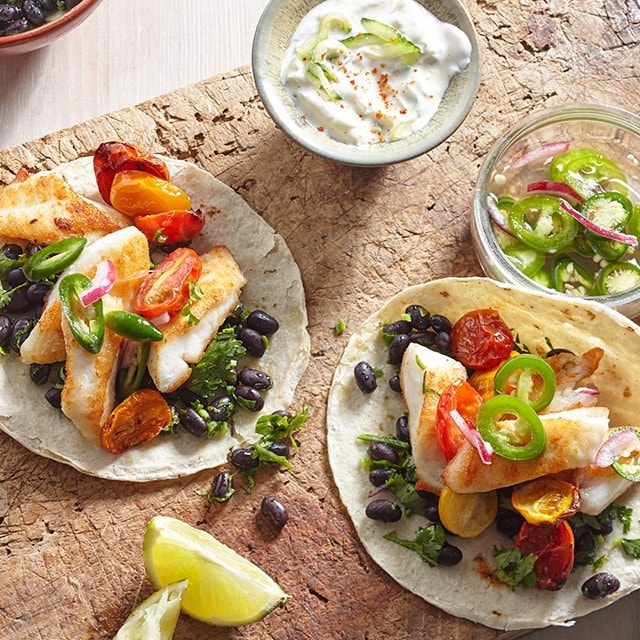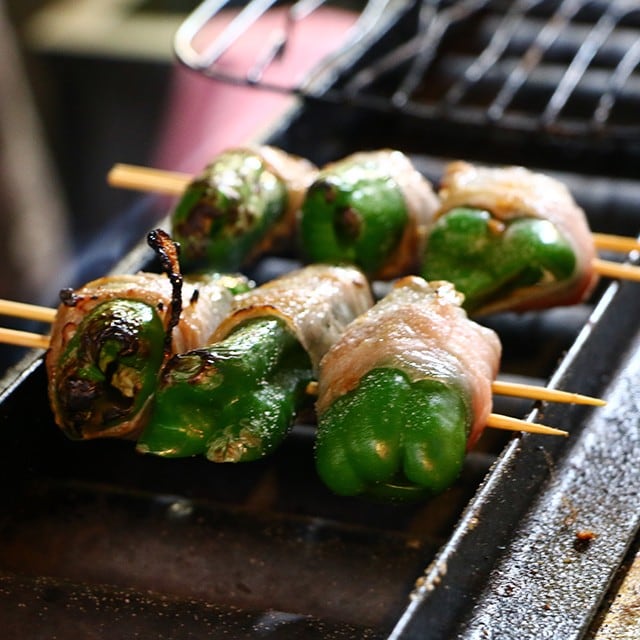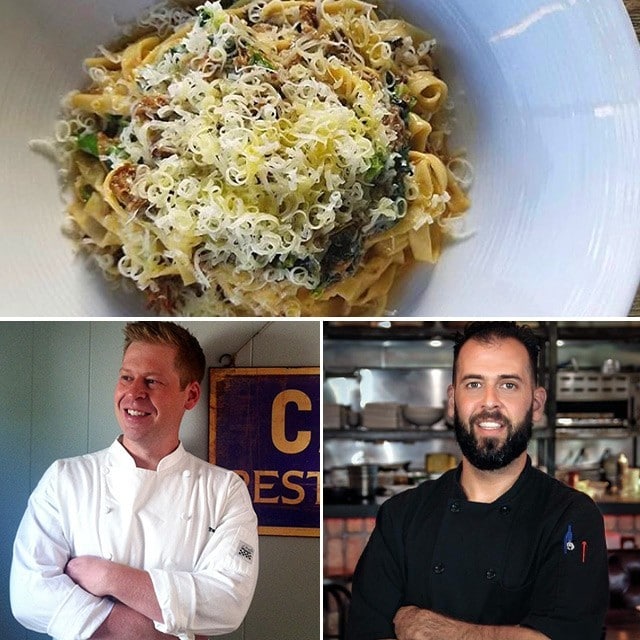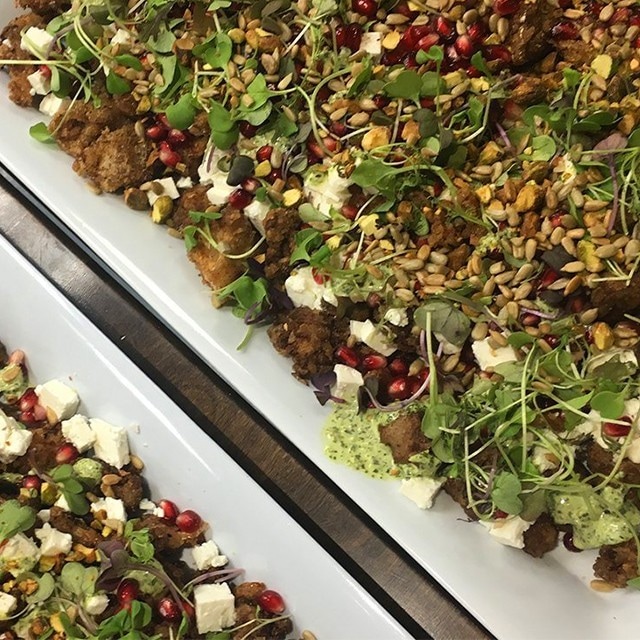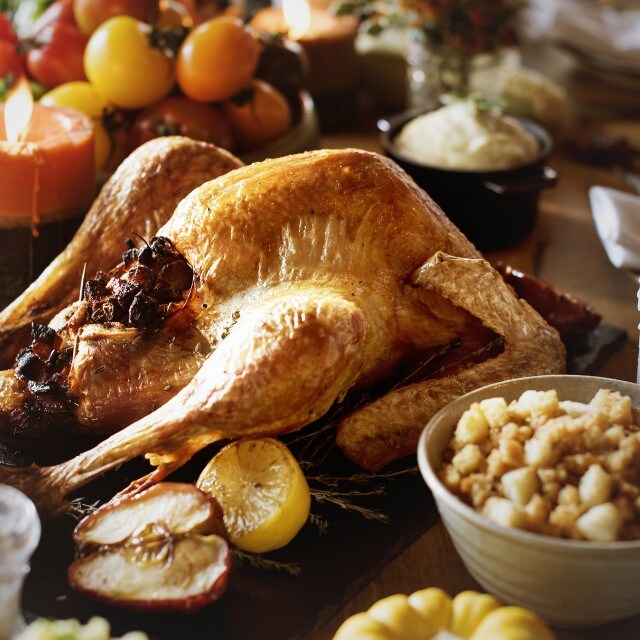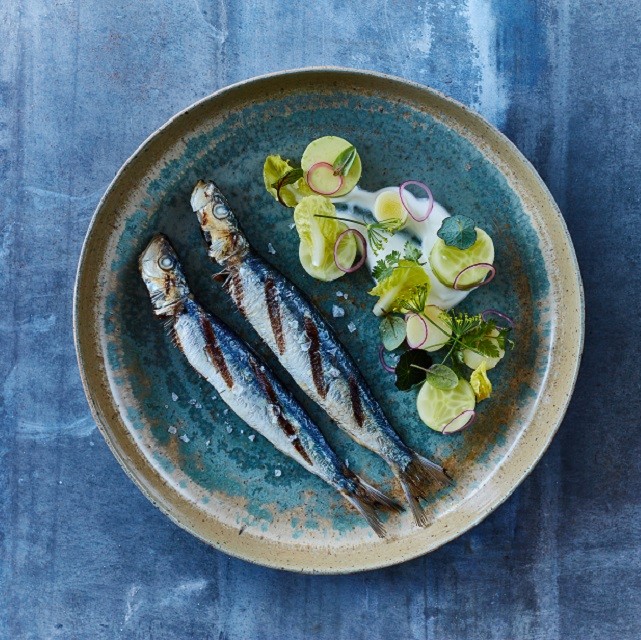Trend Watch
Get our insights on upcoming trends and news
Regional Trends
-
![Tasteful Trends for Chefs]()
Tasteful Trends for Chefs
Guests are looking to try bolder flavors with dishes that experiment with heat and global cuisine. Download your FREE guide for...
-
![Resurgence of Middle Eastern Food]()
Resurgence of Middle Eastern Food
Many delicious flavors and ingredients come from this region. While some have already achieved mainstream appeal, others are up...
-
![Adapting Trending Mexican Flavors & Dishes to Your Menu]()
Adapting Trending Mexican Flavors & Dishes to Your Menu
See what’s hot in Mexico as well as what’s coming our way.
-
![Africa's Culinary Potential]()
Africa's Culinary Potential
The National Restaurant Association Survey ranks African flavors as a Top-5 Global Flavor.
-
Tastes of Asia
As the largest continent, Asia offers many different styles of cuisine.
Seasonal Trends
Flavor Trends
-
![6 Plant-Based Trends to Consider in 2024]()
6 Plant-Based Trends to Consider in 2024
Get fresh ideas for how to use seasonal ingredients and trending flavors to menu plant-based dishes easily across dayparts.
-
![What You Need to Know About Catering to Gen Z]()
What You Need to Know About Catering to Gen Z
Understanding this upcoming generation’s attitudes towards foodservice helps you better adapt to their needs and find success.
-
![Cured Egg Recipes and Uses]()
Cured Egg Recipes and Uses
This ancient method for preserving eggs is growing in popularity. Transform a kitchen staple into a taste sensation; meet the g...
-
![Baja Food Renaissance: Ensenada Fish Tacos and More Flavorful Dishes]()
Baja Food Renaissance: Ensenada Fish Tacos and More Flavorful Dishes
To expand guests’ horizons, take them to Baja for delicious ensenada fish tacos, the freshest ingredients, and seafood like now...
-
Exploring New Food Trends
Trending health foods and sustainability is the wave to ride on, but with a few new twists. In a global study, 93% of consumers...
-
![How to Use Spices, Seasonings and Sauces to Transform Recipes]()
How to Use Spices, Seasonings and Sauces to Transform Recipes
Make recipes pop with these creative seasoning techniques. From sachets to sugar, these simple seasoning tips can make your men...
-
![3 Black and Green Tea Health Benefits]()
3 Black and Green Tea Health Benefits
The functional health and wellness trend is here to stay. Consumers are becoming more health conscious and deliberate in their ...
-
Up-and-Coming Culinary Trends You'll Want to Follow
Global Flavors, Next-Gen Health Foods, and Experiential Eating are center stage.
